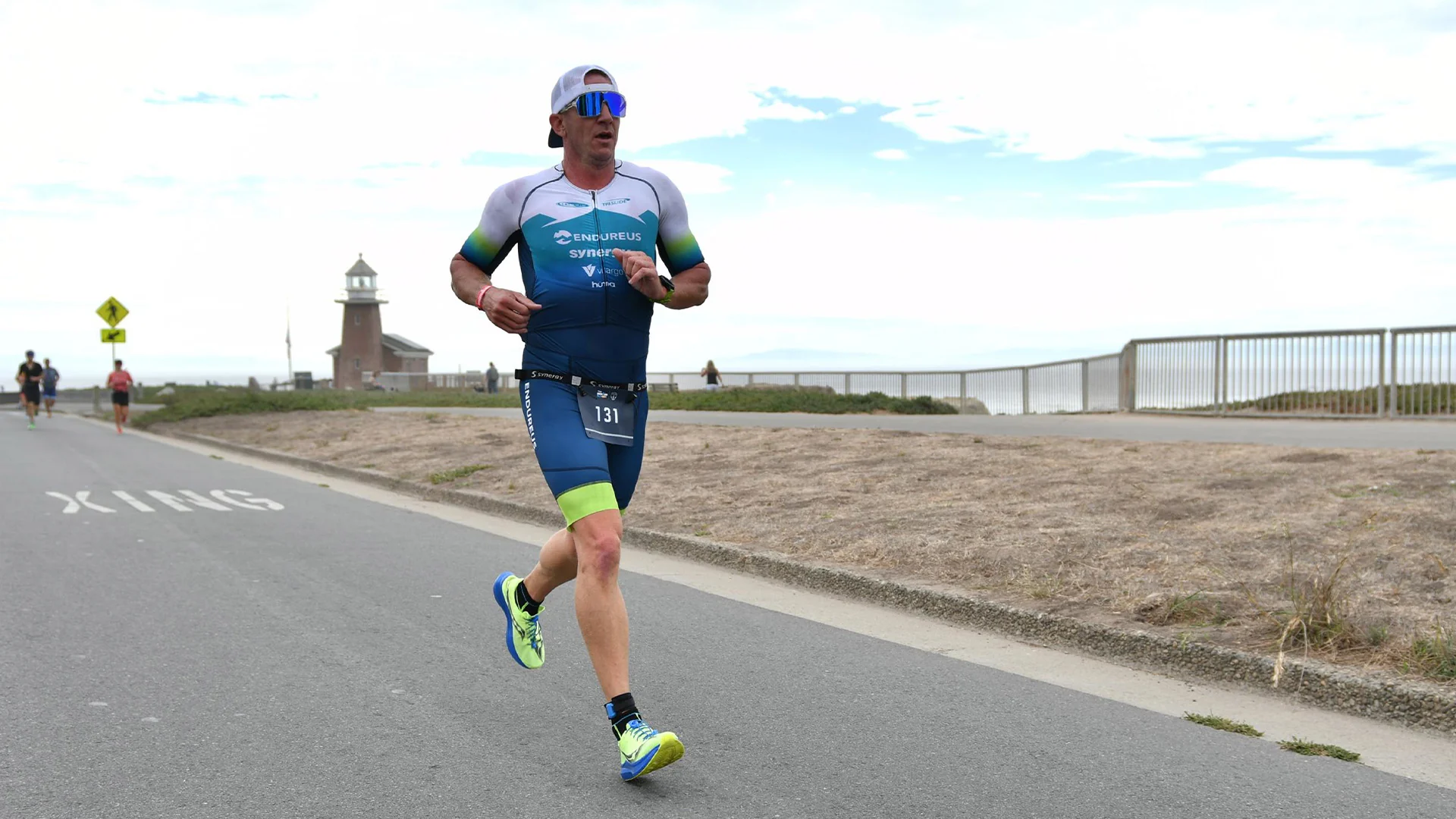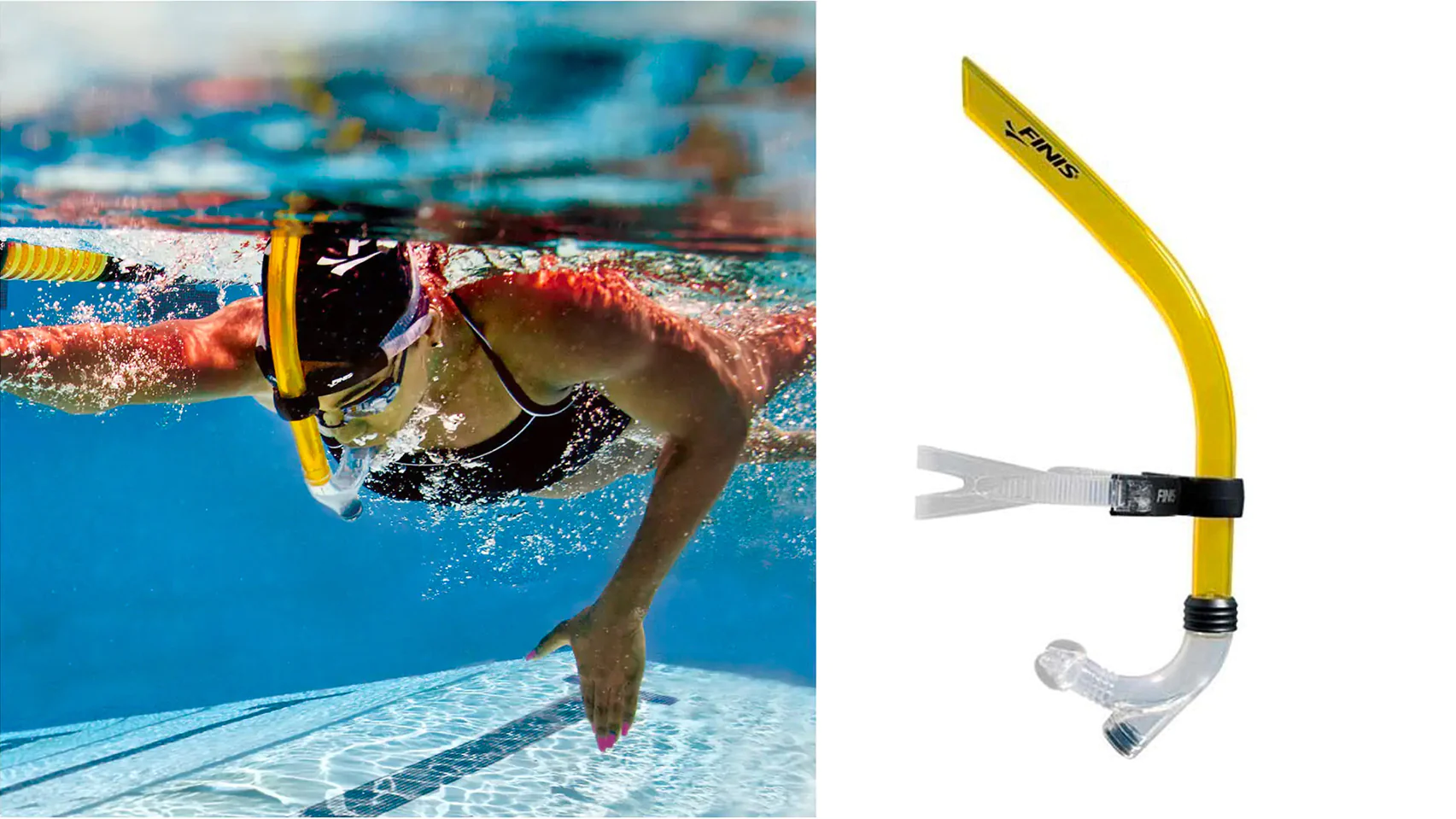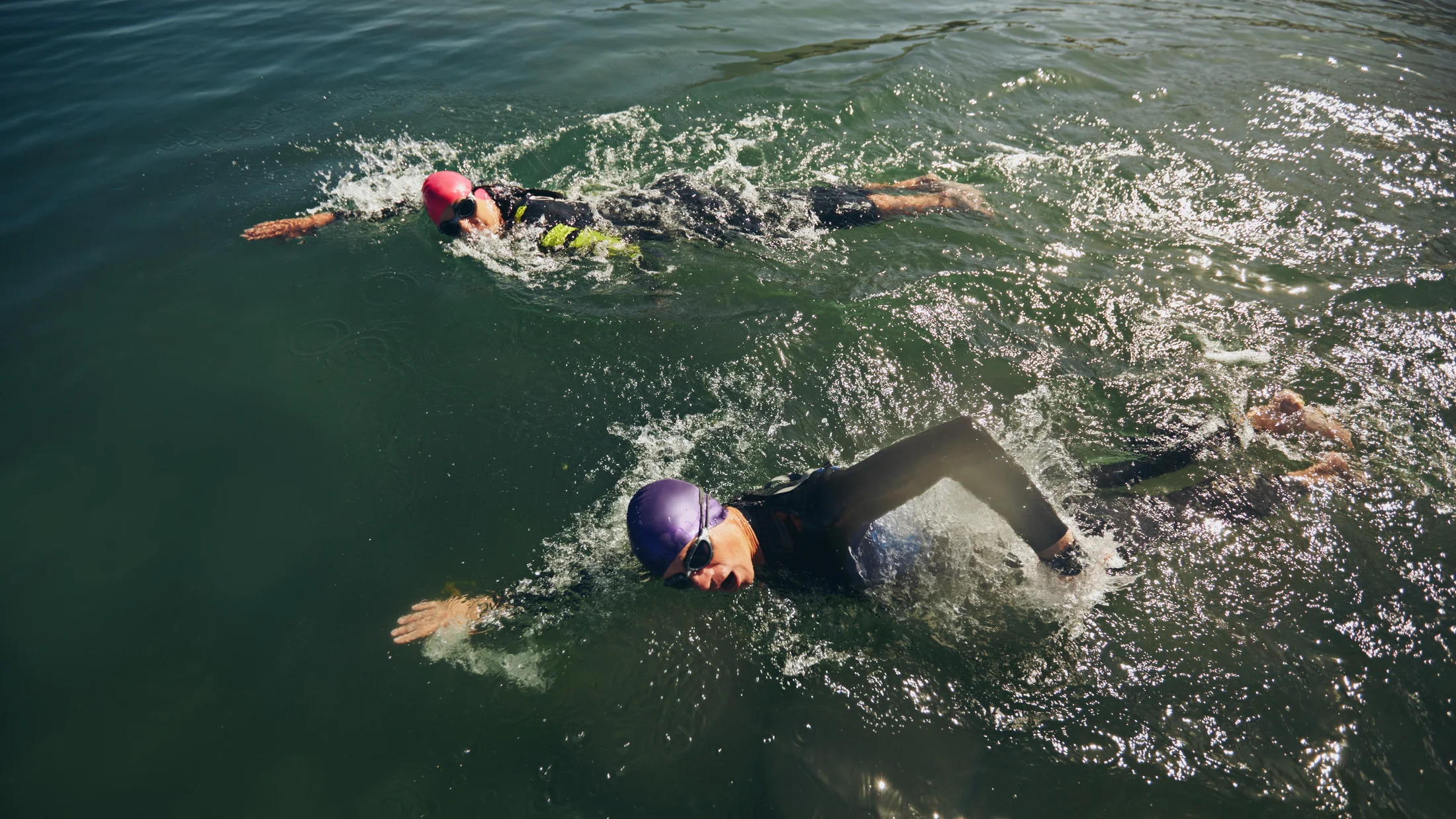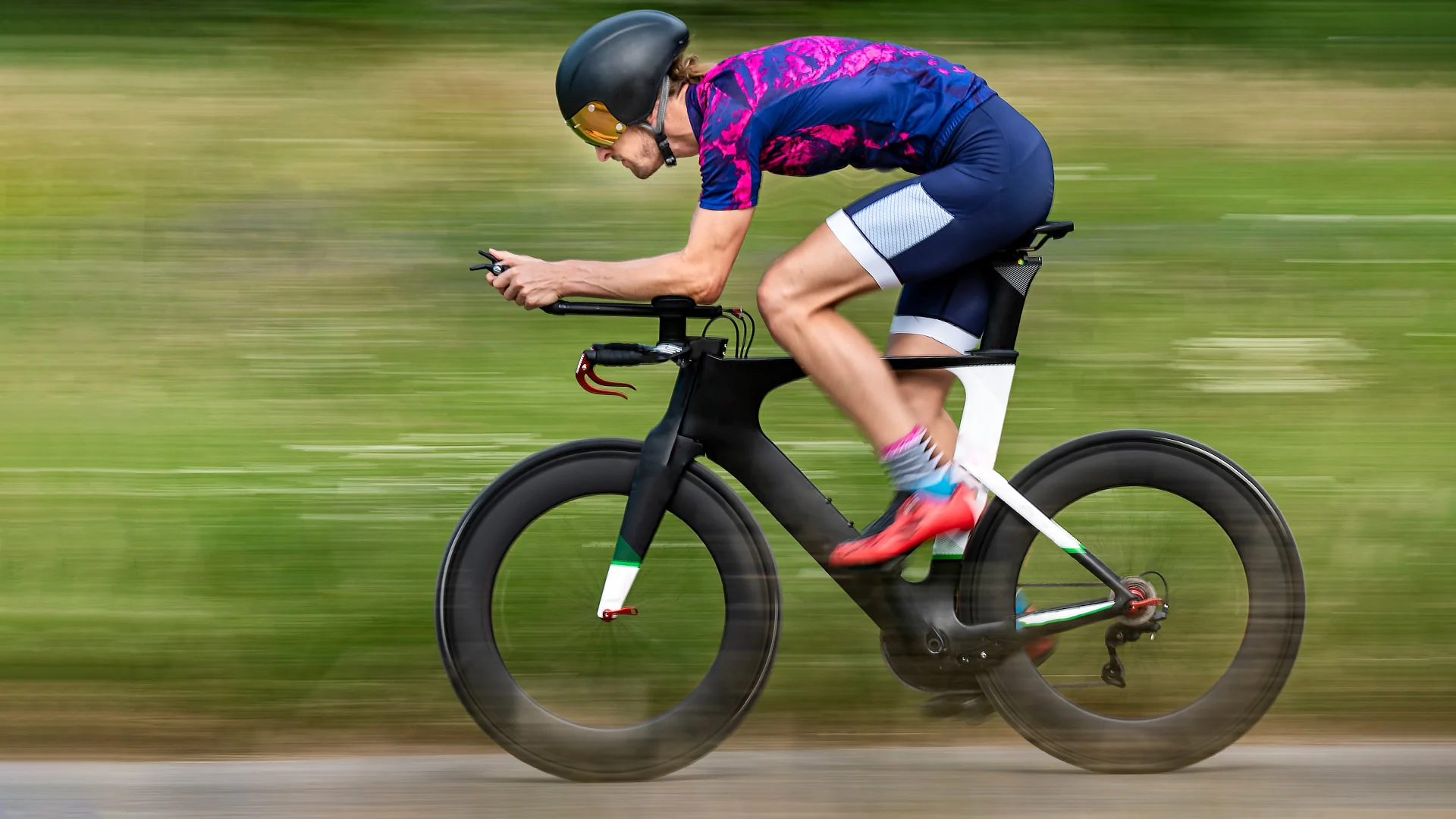In the world of triathlon, whether you’re a professional or an amateur, the run portion of the race often determines the outcome.
With limited opportunities to make up lost time from the swim and bike segments, it becomes crucial to run efficiently and effectively right out of T2. So, how can you achieve that? Let’s delve into why prioritizing transition runs in training is essential and consider how to make the most of them.
Practice Makes Perfect: Running off the Bike
If you never incorporate transition runs into your training, expecting peak performance during the run in a race scenario is unrealistic. Most triathlon coaches’ program transition runs after long rides and sometimes during midweek bike sessions. Although beginners may want to train in each sport separately for a month or more, eventually, everyone should include them in their training regimen.
Neuromuscular Development for Efficiency
The primary goal of short transition runs (ranging from 5 to 15 minutes) isn’t to achieve significant fitness gains. The duration is too brief for substantial improvements in your body’s energy systems. However, these shorter runs focus on developing neuromuscular efficiency in your running gait, making the transition from bike to run more fluid and effective. Training your body to swiftly switch from biking to running takes time, as the recruitment patterns of the same muscle groups differ between the two disciplines. Proper transition run training allows your body to adapt to this change over time.
Start Small, Progress Gradually
To enhance the efficiency of the bike-to-run transition, athletes should begin with shorter runs off the bike and gradually increase their duration. Once the transition run surpasses the 20-minute mark, we can also anticipate fitness gains. If you are new to transition runs, start with 5-minute runs and progress them to runs exceeding 12 miles, depending on your event distance and ability. While most transition runs fall within the 10- to 20-minute range, strategically placed longer runs following a long bike ride maximize the physiological adaptations they provide.
The Art of Pacing
Transition runs also serve as a valuable tool for teaching athletes the art of pacing. One of the most common mistakes athletes make is running too fast out of T2 (second only to going too hard in the initial stages of the bike leg). The transition run allows athletes to pace themselves within their limits. However, some individuals miss the purpose of the transition run and showcase their speed immediately after dismounting the bike. While running like Usain Bolt for 5 minutes may be exhilarating, sustaining that pace for a 5k, 10k, half marathon, or longer is unlikely. This lack of discipline often leads to the familiar race scenario of starting too fast, burning out, and resorting to a cycle of walking and shuffling. We’ve all been there at some point. It is crucial to understand the purpose of each transition run and execute it as instructed.
Pacing, a skill akin to an art form, relies on perceived exertion. While some athletes utilize heart rate monitors or running power meters to gauge their effort, perceived exertion is critical to run off the bike successfully. This intuitive sense can be developed throughout a training season, though mastering it may take years, if ever. From your first steps onto the run course, continually assess your energy levels and ask yourself: “Can I sustain this effort until the finish line?” Heart rate alone may not provide the complete story, as various factors can influence it. Perceived exertion is your internal mental barometer, indicating how your body responds to your effort at any moment. With practice, you can harness this tool!




